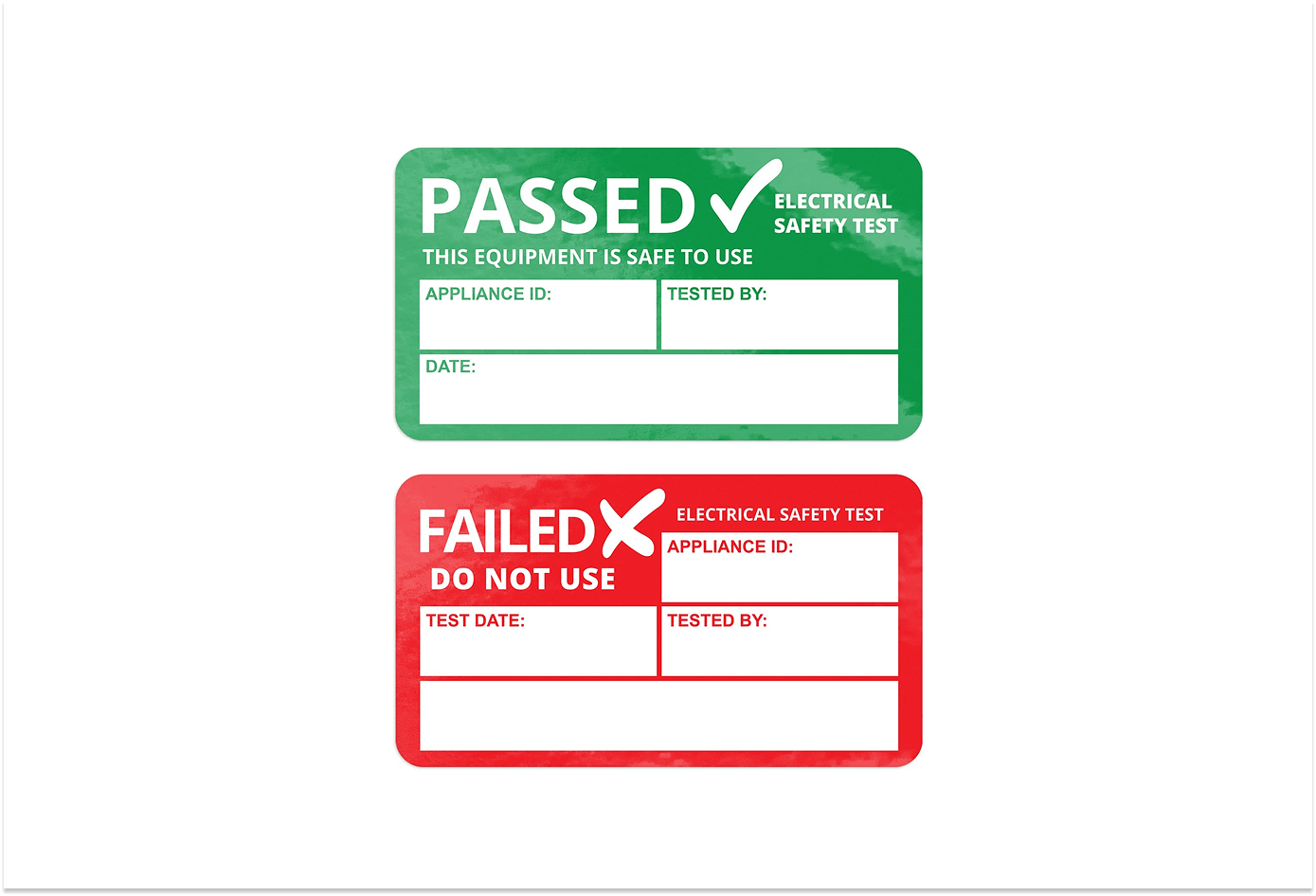Arc Fault Detection Devices (AFDDs): What Scottish Homeowners Need to Know in 2025
Discover why AFDDs are revolutionising electrical safety in Scottish homes. Learn about new regulations, costs, benefits, and whether you need these smart fire-prevention devices.

Arc Fault Detection Devices (AFDDs): What Scottish Homeowners Need to Know in 2025
If you've had an electrician round recently, they might have mentioned something called an AFDD. Maybe you nodded along politely, wondering what on earth they were talking about. Well, you're not alone, these devices are relatively new to the UK market, and many homeowners haven't heard of them yet.
But here's the thing: AFDDs could be one of the most important advances in electrical safety we've seen in years, with recent changes to electrical regulations, they're becoming increasingly relevant for Scottish homes.
Quick Summary
What is an AFDD?
Think of an AFDD (Arc Fault Detection Device) as a super-smart guardian for your electrical circuits. While your traditional circuit breakers and RCDs do a brilliant job protecting against overloads and earth faults, AFDDs go one step further. They're specifically designed to detect dangerous electrical arcs which are those tiny sparks that can occur when wiring becomes damaged or connections become loose.
Common Arc Fault Scenarios
Extension leads behind furniture, crushed cables, loose connections in lofts, and deteriorating wiring can all create dangerous arcs that AFDDs protect against.
These devices use clever microprocessor technology to constantly monitor the electrical "signature" of your circuits. When they spot the tell tale pattern of a dangerous arc, they shut off the power before things can escalate into something much worse, like a fire.
Should You Care?
Let me paint you a picture. You know that extension lead behind your sofa? The one that's been there for years, maybe got a bit squashed when you moved the furniture? Or those connections in your loft that haven't been checked since you moved in? These are exactly the kinds of scenarios where arc faults can develop.
In Scotland alone, electrical faults still account for a significant number of house fires each year. While we've made great strides with RCDs and modern consumer units, arc faults have been a bit of a blind spot – until now.
The New Regulations: What's Changed?
Here's where it gets interesting. Following Amendment 2 to the 18th Edition Wiring Regulations (which came into effect in 2022), AFDDs are now mandatory in certain situations.
AFDD Requirements Under BS 7671:2018+A2:2022
Mandatory for:
- Houses in Multiple Occupation (HMOs)
- Student accommodation
- Care homes
- Certain types of rental properties
Recommended for:
All other residential properties with socket circuits ≤32A
Note: When regulations say 'recommended', it often becomes mandatory in future updates
For the rest of us? They're strongly recommended. And when electrical regulations use the word "recommended," it's worth paying attention – it often becomes mandatory down the line.
The Money Question
Right, let's address the elephant in the room – cost. AFDDs aren't cheap. You're looking at around £100 per device, and unlike some protective devices that cover your whole consumer unit, you need one for each circuit you want to protect.
Typical Costs
Prices vary based on your existing setup and number of circuits
But here's my take on it: we don't hesitate to insure our homes for thousands of pounds against fire damage. An AFDD is essentially insurance you only pay for once, and it actively works to prevent fires rather than just covering the cost afterwards.
Do You Need AFDDs in Your Home?
This is where it gets personal. While they might not be legally required for your property (yet), there are some situations where I'd strongly recommend considering them:
Should You Install AFDDs?
Your Situation
Older properties
Risk Level
HighRecommendation
Strongly Recommended
Why?
Deteriorating connections increase arc fault risk
Your Situation
Loft conversions/extensions
Risk Level
Medium-HighRecommendation
Recommended
Why?
Circuits through timber and insulation areas
Your Situation
High-value equipment
Risk Level
MediumRecommendation
Consider
Why?
Protect expensive home office/entertainment systems
Your Situation
Modern home, recent rewire
Risk Level
LowRecommendation
Optional
Why?
Lower risk but still beneficial for peace of mind
| Your Situation | Risk Level | Recommendation | Why? |
|---|---|---|---|
| Older properties | High | Strongly Recommended | Deteriorating connections increase arc fault risk |
| Loft conversions/extensions | Medium-High | Recommended | Circuits through timber and insulation areas |
| High-value equipment | Medium | Consider | Protect expensive home office/entertainment systems |
| Modern home, recent rewire | Low | Optional | Lower risk but still beneficial for peace of mind |
Peace of mind – Sometimes, it's simply about sleeping better at night knowing you've got the best protection available.
Installation: Not a DIY Job
I know some of you reading this are thinking, "Can I fit these myself?" Please don't. AFDDs need to be properly integrated into your consumer unit, tested, and certified. This is definitely a job for a qualified electrician – and in Scotland, that means someone who's registered with SELECT or NICEIC.
Professional Installation Process
A good electrician won't just swap out your devices; they'll assess which circuits would benefit most from AFDD protection and might spot other issues while they're at it. It's also worth noting that many older consumer units simply don't have space for AFDDs, so you might need a board upgrade.
The Bottom Line
AFDDs represent a significant step forward in home electrical safety. Yes, they're an investment, but when you consider what they protect against, they start to look like pretty good value.
If you're planning any electrical work soon – maybe a new consumer unit, an EV charger installation, or a solar PV system – that's the perfect time to discuss AFDDs with your electrician. They can often be incorporated into the work more cost-effectively than retrofitting later.
Landlords & HMO Operators
If you're running an HMO or certain rental properties in Scotland, AFDDs are now mandatory on socket circuits. Non-compliance could result in failed safety inspections and potential legal issues.
Need compliance help?And if you're a landlord or running an HMO in Scotland? Well, you don't have a choice – but hopefully, this article has helped you understand why that's actually a good thing.
Ready to Upgrade Your Electrical Safety?
Get expert advice on AFDDs and electrical safety upgrades from our NICEIC-approved team. We'll assess your property and recommend the best protection for your home.
Mackie Electrical - NICEIC-approved electrical contractors serving Central Scotland including Stirling, Perth, Falkirk, and Dunbartonshire. Specialists in electrical safety upgrades, consumer unit replacements, and AFDD installations.
Related Articles
Continue reading with these similar topics

The Landlord’s Guide to Electrical Safety in Scotland
Everything Scottish landlords need to know about EICRs, PAT testing, RCDs, and staying compliant with the Housing (Scotland) Act 2006.

The Complete Guide to Home Battery Storage & Funding in Scotland
Unlock energy savings in Scotland! Your guide to home battery storage costs, benefits, ROI, and crucial 2025 funding updates (Home Energy Scotland & ECO4). Cut bills & use more solar.

North of Scotland’s £300m EV Charger Boom: What It Means For You (2025–2028)
Highland, Aberdeen City, Aberdeenshire and Moray are adding 570 public EV chargepoints by 2028. Here’s what it means for drivers, landlords and businesses in Northern Scotland—and how to get ready.